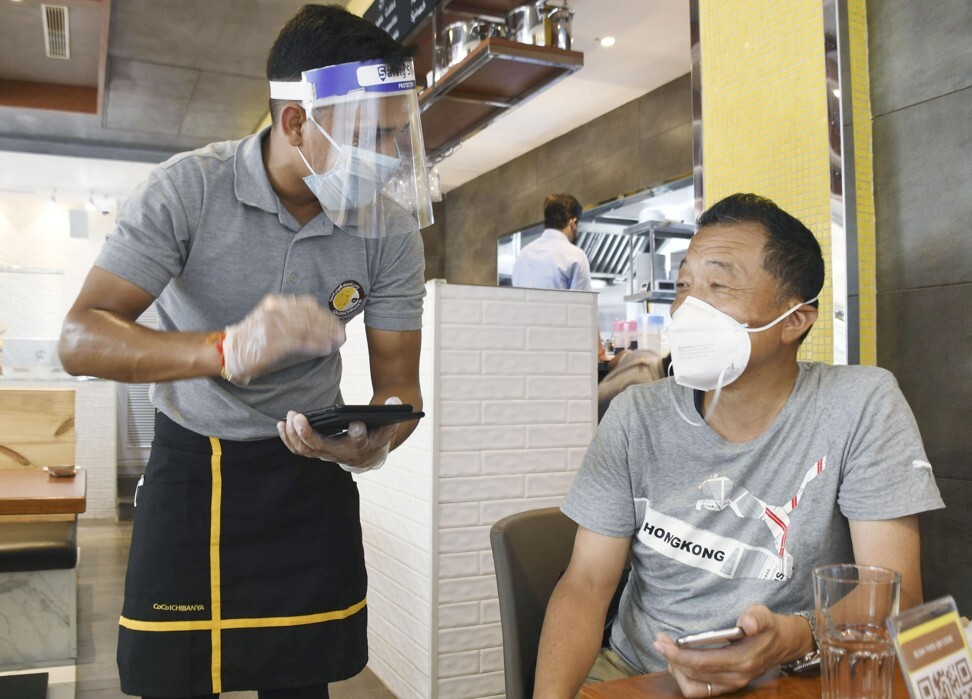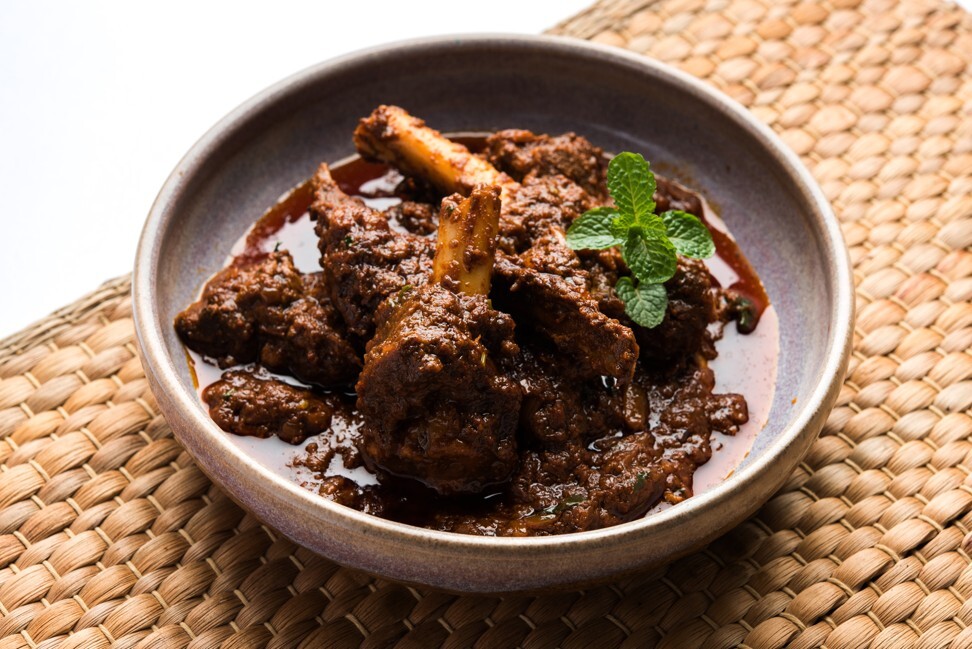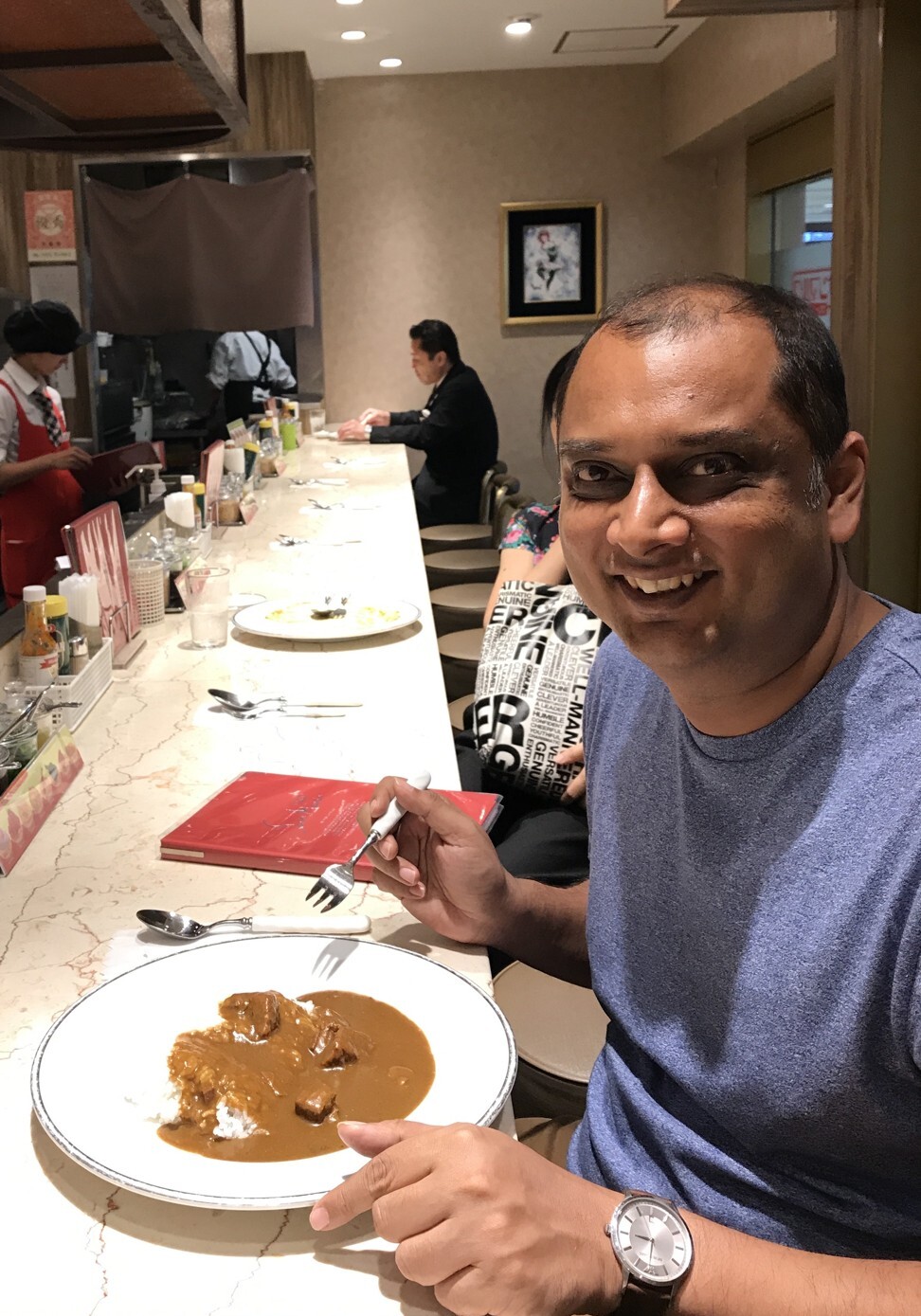
Popular Japanese curry restaurant chain CoCo Ichibanya launched its first Indian outlet earlier this month in Gurugram, a city 30km (19 miles) southwest of the capital New Delhi, in what could kick start a battle of the curries in the South Asian country.
The debut of a foreign curry chain in India – the birthplace of curry itself – is being hailed by some as intrepid but by others an unnecessary move, the gastronomic equivalent of “carrying coals to Newcastle” for parent company Ichibanya.
The restaurant’s owners are confident they will be able to curry favour with foodies in the 1.4-billion-strong nation with a voracious appetite for spice.
“Indian people who have visited our outlets in Japan said our curry tastes good,” Hirosuke Nakamura, chief operating officer of Ichibanya India, said to the press before the opening. “We think our curry will be accepted.”

Prasenjit Adhikari, chief executive officer of Ichibanya India, said the company is excited to introduce Indian diners to its unique take on this traditional cuisine.
“Our 60-seater restaurant was packed to capacity on the inaugural day and we’ve had a consistently good response to our takeaways and home deliveries as well,” he said.
“‘Ichibanya’ is a combination of ‘ichiban’, meaning ‘number one’, and ‘ya’, denoting ‘store’. So, yes, we hope to be number one,” he added.
Ichibanya India is a joint venture between Japanese conglomerate Mitsui (which has a 60 per cent equity share) and Ichibanya (40 per cent). The chain operates about 1,300 outlets in Japan and over 180 across the US, UK, China and Southeast Asia.

In a nod to local Indian cultural and religious beliefs, the chain has eschewed the pork and beef curries so popular in Japan, instead selling chicken, seafood and vegetable curries. Customers can personalise their meals with different toppings, spice levels (mild to tear-inducing) and portion sizes.
For vegetarians, there’s spinach paneer curry, melty cheese curry, vegetable momo curry and a mushroom curry, among others. Non-vegetarian choices include stewed chicken curry, mixed seafood curry and mutton keema curry. Japanese-style toppings such as cheese croquette, chicken or shrimp cutlet, fried fish, and fried shrimp are on offer. All curries are served with Japanese sticky rice.
Japanese curries tend to be sweet and milder than Indian ones, and they usually contain fruit, vegetables, honey, cornflour, wheat starch and vegetable fat, instead of onion, garlic, ginger, garam masala, chilli and turmeric.
Akihiro Tanaka, a Gurugram resident from Japan, queued up to eat at the restaurant on day one. The mixed seafood curry was “velvety and delicious”, he said. “It was a taste of home.”
The introduction of Japanese curry in India has triggered inevitable comparisons with its local counterpart. Arguments over which one is tastier are likely to get more vociferous as Ichibanya plans to expand to 30 outlets across India over the next decade.
India is known for its flavour-charged versions – from the vinegar-infused Goan vindaloo to the tomatoey-garlicky dopiaza and the eye-watering bhuna. A range of regional variants add more heft to the curry catalogue.
No curry in the world can beat the Indian one … The complexity, the flavours, the texture and the taste – hallmarks of a quintessential Indian curry – are unparalleled - Sareen Madhiyan, executive chef at Punjab Grill in New Delhi
Japan is no curry amateur, however, despite its cuisine being better known for its subtlety. The country has a number of regional varieties, while contemporary twists include curry with sausage or seafood. Japanese curry is usually spiked with onions, carrots, potatoes and meat, usually pork, beef or chicken, and served with white rice.
Indian food historian and author Dr Pushpesh Pant, a fan of Japanese cuisine, says that he enjoys both Indian and Japanese curries despite that they are like chalk and cheese.
“I was flabbergasted when our friends in Tokyo took us out to eat curry instead of an expected sushi and sashimi dinner. But our experience at a local curry house simply bowled us over. We loved the dish so much that the next day we queued up to eat more curry at the same outlet at our own expense,” he recalls.

The base of Japanese curry, Pant says, is usually hearty and peppery.
“It looks more like a thick stew than what Indians might consider a curry. And while the base can be spicy, it is typically very mild and lacks body. Indian taste buds are accustomed to a range of curries – from the mustardy macher jhol of Bengal to the fermented-fish-paste-based curry in the northeast to Kerala’s uppu curry – so I reckon the acceptance level of Japanese curry in the country will be high.”
Chef Vineet Manocha expects Japanese curry to do very well in India. As senior vice-president of culinary for F&B group Lite Bite Foods, which operates the award-winning Japanese restaurant YouMee in Gurugram among its 156 restaurants across the globe, he should know.
“For years, Indian palates knew only the sushi-sashimi-ramen triumvirate [when it came to Japanese cuisine]. But with globalisation, peripatetic lifestyles and a vibrant eating-out culture, we’re getting experimental and relishing all types of foreign curries. In fact, Thai curries – yellow, red, green – are now part of urban home menus these days.”

However, Manocha adds, the Japanese curries might require a tweak to suit Indian palates for wider acceptance.
“When a restaurant chain travels overseas, such modifications are par for the course. After all, didn’t McDonald’s launch an aloo tikki burger [potato patty] just to cater to the Indian vegetarian diners?” he says.
Food historians note that the British navy introduced curry to Japan in the late 19th century. Economical and wholesome, kare raisu (curry and rice) soon became a staple among Japanese sailors and soldiers. It also protected Japanese soldiers from beriberi, a vitamin B1 deficiency triggered by the overconsumption of polished white rice, which killed thousands of soldiers during the 1904-05 Russo-Japanese War.
According to Mumbai-based food writer and brand consultant Kalyan Karmakar, Japanese curry is essentially a working class meal popularised through local curry houses.
“It has gained great popularity over the years as it is cheap and delicious, and eating curry at a curry house is on the bucket list of many tourists to Japan,” he says.
However, Karmakar’s own experience with curry in Japan on holiday two years ago wasn’t quite so savoury.
“We tried all types of Japanese dishes – from sushi to sashimi to yakitori and robata – which we loved. However, curry was our least favourite item even though we tried it many times just to develop a taste for it.”

Such reactions prompt many to gleefully note that Indian curry is the best. Sareen Madhiyan, executive chef at Punjab Grill, an award-winning pan-India restaurant in New Delhi famous for its curries and kebabs, says “no curry in the world can beat the Indian one”.
“The complexity, the flavours, the texture and the taste – hallmarks of a quintessential Indian curry – are unparalleled,” he says.
“The Punjabi curries which we specialise in are labour- and time-intensive dishes. They are prepared on charcoal- or wood-fired stoves for hours so that the smoky taste and flavour can be perfect. None of our masalas are store-bought. They are all home-made special blends of exotic spices like pathar ke phool [stone flower], saffron, pippali [long pepper] and over a dozen other ingredients. Can any other dish even compare?”
Looks like the curry wars have already begun.
From our archive







